7 ways to check ghee for naturalness
Pure milk fat has a lot of advantages: hypoallergenic, high vitamin A content, rapid digestibility, absence of carcinogens, long shelf life. But in order to get the benefits, it would be useful to check the ghee for naturalness. It is counterfeited as often as butter.
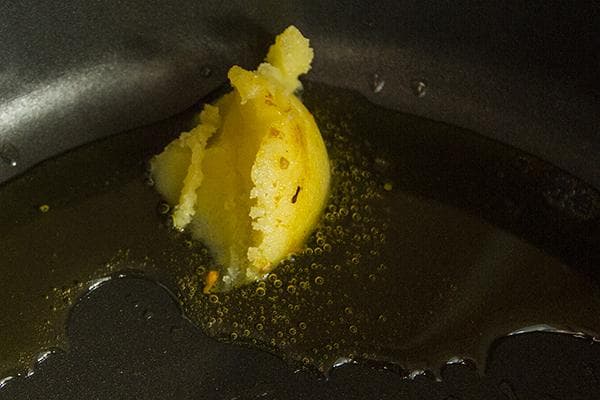
Hot frying pan test
To make the process of making ghee cheaper, many manufacturers add substances of plant origin, flavorings, preservatives and other “unhealthy” additives.
The frying pan test will help detect the presence of foreign impurities:
- Heat the frying pan.
- Add a tablespoon of ghee.
- Assess the appearance and smell of the melted product.
Natural ghee in a frying pan does not foam, does not smoke, does not burn, and exudes a pleasant creamy aroma.
Boiling test
Ghee is 99% milk fat. It is melted from butter. In the process, milk sugar, casein and water are separated from the fat. This makes the product safe for people with lactose intolerance.
Carry out a naturalness test by boiling:
- Place the ghee in a saucepan.
- Heat over low heat until boiling.
- Inspect for impurities.
Natural milk fat melts evenly, becoming simply liquid, slightly thick and homogeneous.
You can fry food on it at least 5 times without any harm. No carcinogens are formed during the heating process.The products are imbued with a creamy taste and literally melt in your mouth.
Ultraviolet test
Under ultraviolet rays, milk and vegetable fats look different. Natural ghee glows yellow, while the herbal mixture glows white, purple or blue.
To carry out the experiment, you will need a powerful UV lamp with a wavelength of 364 nm. You can also use an ultraviolet currency detector. Turn off the light and shine the light inside the jar. The glow will be barely noticeable, you need to look closely.
Test of time
Natural ghee remains fresh for a long time, does not oxidize or go rancid. In an airtight container it can be safely stored at room temperature. And if you put the butter in a jar in the refrigerator, then even after a year it will not lose its properties. In India, it is generally believed that with age the product acquires healing powers. In ancient times, kings were treated with centuries-old oils.
Ghee is a product characteristic of only two cuisines in the world: Russian and Indian. In India, ghee is called Ghee (Ghee). It is used for medicinal purposes and is considered liquid gold. Regular consumption of Ghee (up to 50 g per day) has a beneficial effect on the condition of the skin, hair, muscles and bones. Of particular benefit is butter made from summer milk obtained from cows that eat green grass rather than hay.
Attention to price
Natural oil cannot cost less than butter. The minimum price for 1 kg is 450 rubles.
To obtain 700 g of ghee, you need to melt 1 kg of butter. On average, 10 liters of milk are consumed to prepare this amount.Also, production costs, packaging costs, and employee salaries must be added to the cost of the final product.
Attention to composition
As already mentioned, ghee is refined milk fat. It cannot contain anything else.
The natural product contains 99% milk fat and contains only butter.
A clear example of how the composition of a dairy product and a plant product differs:
Of course, we cannot rule out the possibility that the manufacturer is keeping something back. Counterfeiting is especially common among fly-by-night companies. Large manufacturers value their reputation and counterfeit products less often.
In 2019, Roskontrol conducted an independent study of 5 samples of ghee. No vegetable fats were detected in any of them. But some contained non-dairy fat, probably from beef. Only two products – President and “Molgrad” – consisted exclusively of milk fat.
Taste, color and smell
Real melted butter has a texture similar to thick, candied honey. It is slightly grainy and caramel in color. The taste and smell are creamy, delicate, with a slight nutty tint.
The natural product, although fatty, is very tasty.
So, with the help of home tests, you can identify an outright fake - a product made from vegetable fats. But successful testing is not a 100% guarantee of the quality of ghee. Sometimes milk fat is mixed with beef fat or spoiled raw materials are used. In fact, there will be no plant components in the product. But can it be called real? No.
It is best to prepare the product yourself from proven homemade milk or sour cream. And when buying in a store, focus on brands with a good reputation: as a rule, they value it.
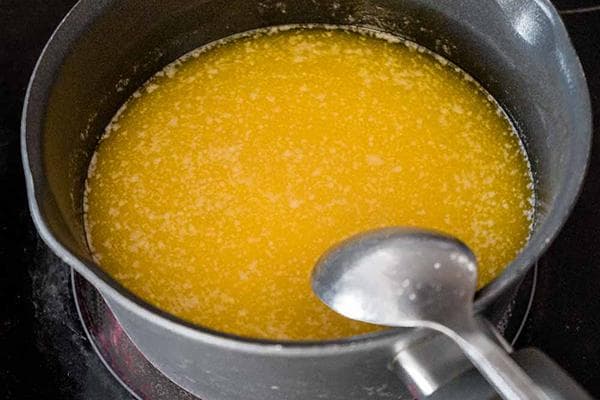
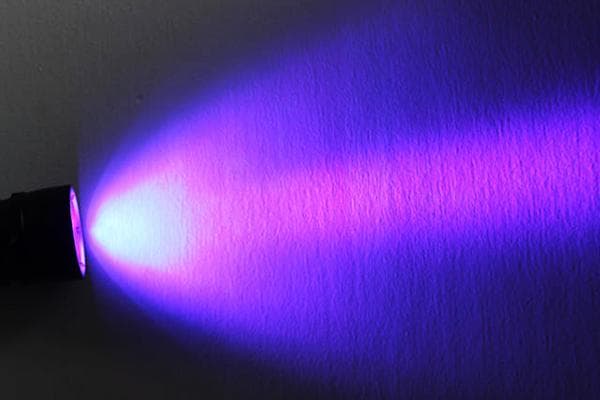
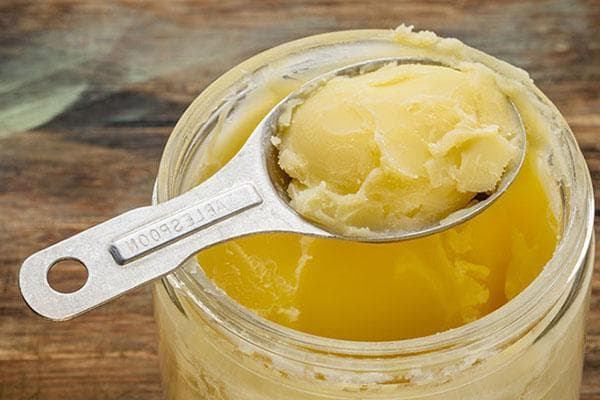

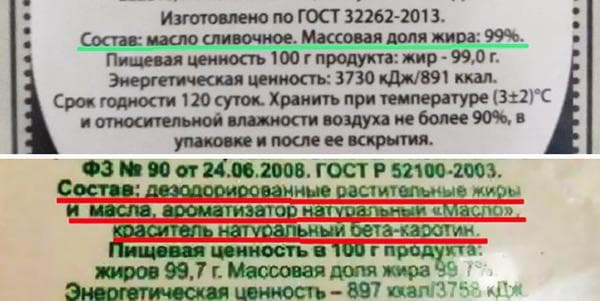
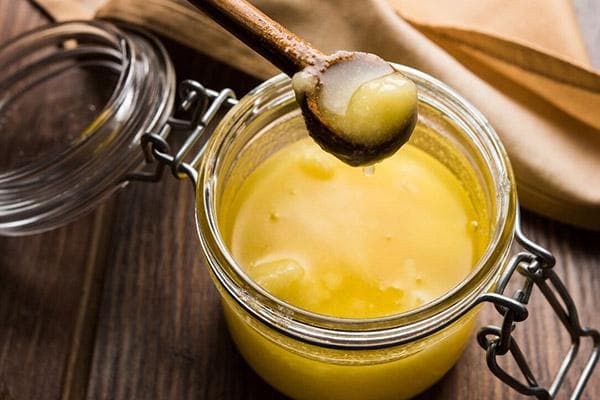
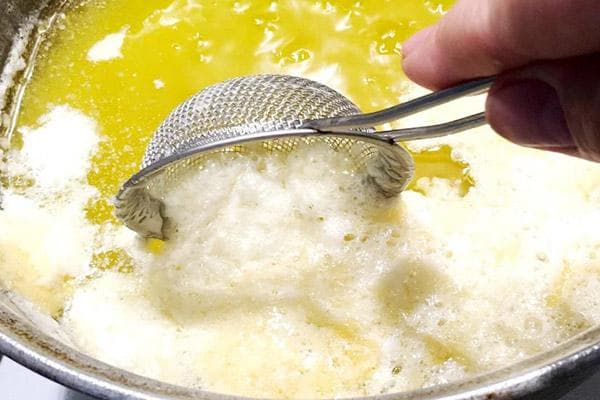
I buy it all the time
I cook it myself
I cook it myself
I checked the ghee that I buy in the store.It turned out to be not natural. I was very upset, because it is not the cheapest. I'll try to heat it myself. Judging by the description of the process in the article, it is not very difficult.
I buy regularly. But this time for some reason it is very light, almost white. And I doubted its naturalness.